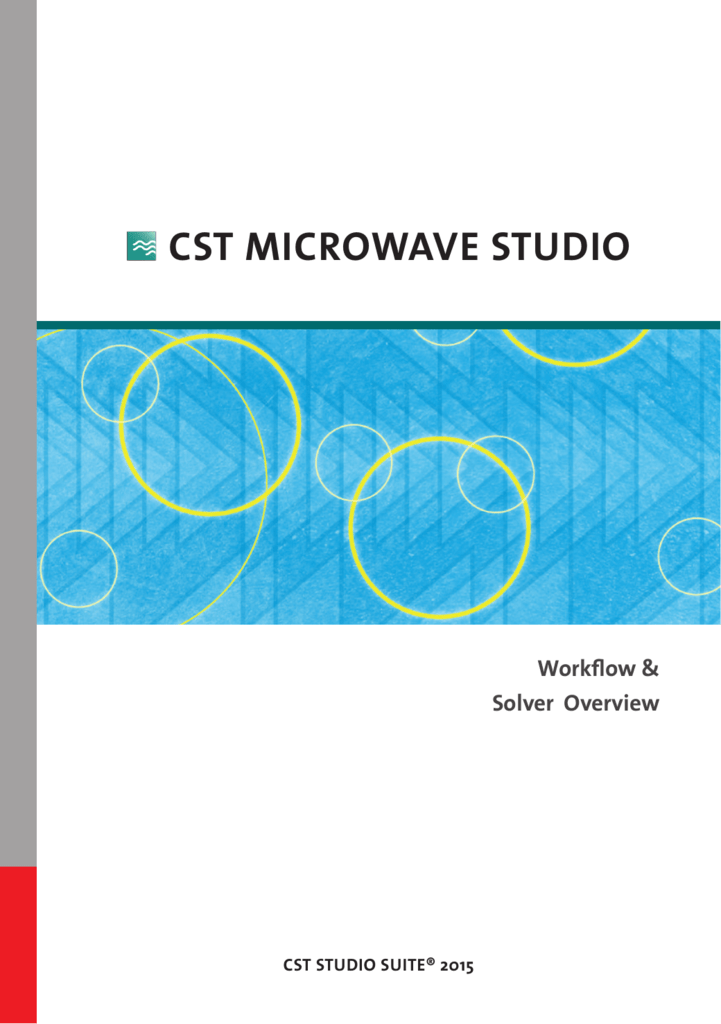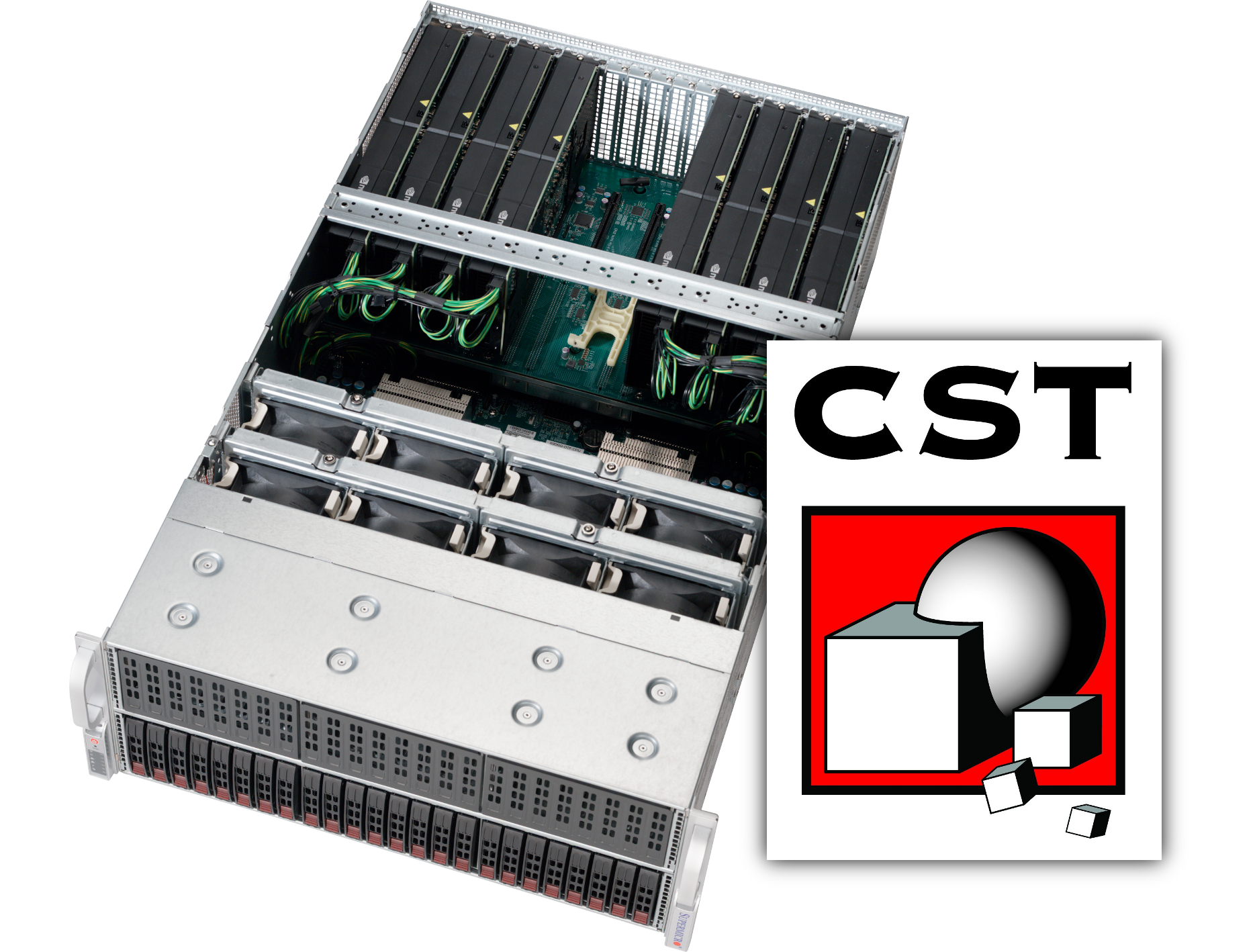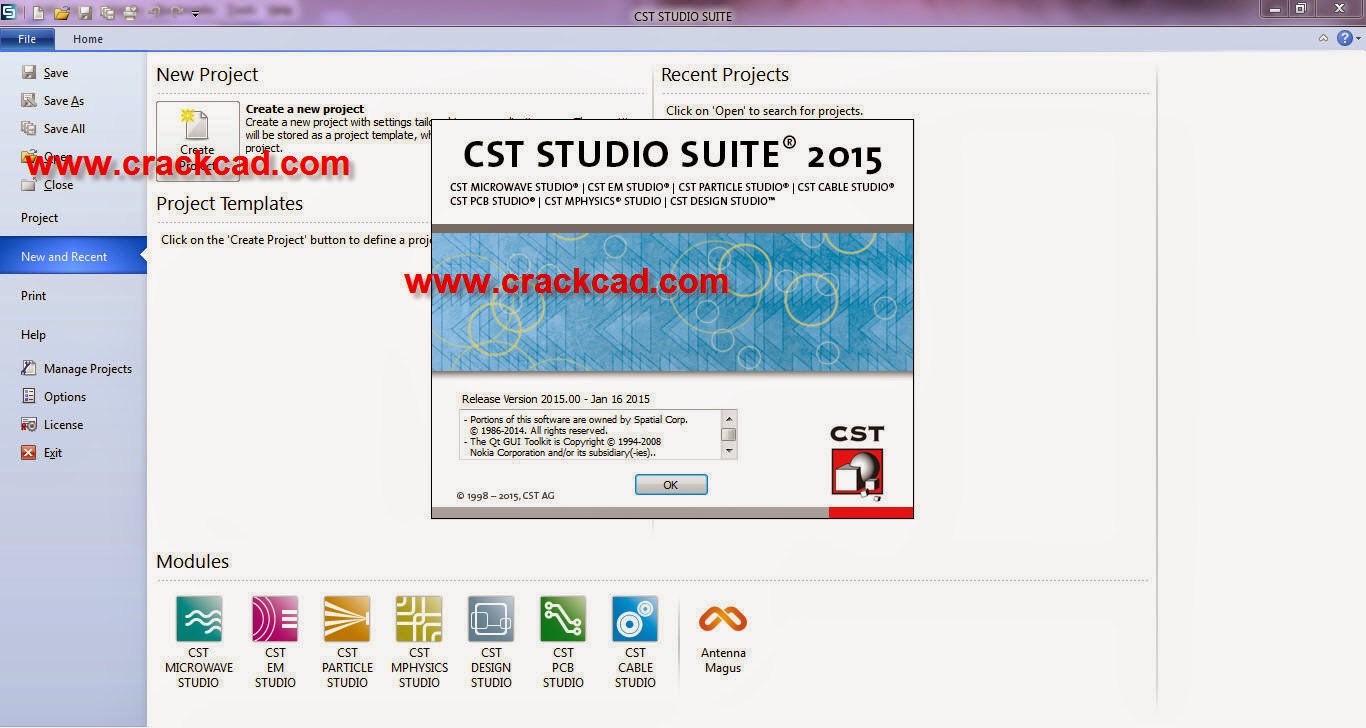
- #Cst microwave studio hardware acceleration software
- #Cst microwave studio hardware acceleration plus
Sivers Semiconductors - MixComm and Kreemo Develop 360 Degree Antenna Technology for 5G Applications - Dec 09, 2021.Cambium Networks - Cambium Networks Introduce 28 GHz 5G-NR Fixed Wireless Access Solution - Dec 09, 2021.> with the interest primarily in the compute core count to memory channel effciency. Z620_1 > 2X Xeon E5-2690 (8-core 2.9 /3.8GHz) / 64GB DDR3-1600 ECC registered / Quadro K2200 4GB / Samsung 850 Evo 250GB +Seagate Constellation ES.3 1TB (The all-core clock speed is 3.5GHz) Z620_2 > Xeon E5-1680 v2 (8-core 4.3GHz)(HP z420 liquid cooled) / 64 GB DDR3-1866 ECC / Quadro P2000 5GB / HP Z Turbo Drive 256GB M.2 (Samsung SM951) (OS/Programs) + HP 9212-4i RAID controller + Intel 730 480GB + 2X Seagate Constellation ES.3 1TB The Single Thread Mark of this system is 2339. This is a very interesting project and if you know of a benchmark that would indicate performance in COMSOL and/or CST, I would like to run it on my main system: The storage drives: L SI 9300 MegaRAID SAS 9361-8i (LSI00417) PCI-Express 3.0 x8 Low Profile SATA / SAS Eight-Port 12Gb/s RAID Controller running 2 to 5X HGST 4 to 8TB 7K6000 SAS In RAID 1 or RAID 50. drive 1 is the OS/Prgrams drive and Drive 2 is the Projects Drive.

If a Quadro P6000 24GB is in the budget, then yes that would be my choice.Ĥ. NVIDIA Tesla or Intel Xeon Phi, whereas CST does use GPU acceleration.
#Cst microwave studio hardware acceleration software
the difference toguh in the software is that COMSOL does not use GPU computing-e.g. GPU: In both COMSOL and CST- simulation generally, a lot of video RAM is a benefit. However the lowered clock speed and core count to memory channel ratio may result in a degradation in a large project.ģ. This might be consideed as a 10 or 12-core or go to dual, higher clock speed 6 or 8-cores to increase the total calulation cycles per unit time but my recommendation is to first consider a single-CPU configuration.

The Xeon E5-1680 v4 has the second highest average Passmark Single-Thread Mark of any Xeon E5 -2191 (1st is E5-1680 v2 at 2193) Consider the fastest possible single 8-core Xeon:Ĩ-core: Xeon E5-1680 v4 (8-core /16 thread 3.4 /4.0Ghz / 1.54TB RAM up to DDR4-2400: As one might imagine a one-cycle delay adds up over billions of cycles.ġ. that bridging requires a one cycle parity check - hence the RAM is registered to maintin the two processor synch.
#Cst microwave studio hardware acceleration plus
I always arrange dual processors systems to have symmetrical amounts of RAM between the two CPU's.The z420 was faster every time- and that equals three cores per quad memory channel instead of 5-1/3 cores for three channels- plus bridging the two seperate CPU's. The z620 is quirky as it has two memory channels for CPU 1 and only 1 channel for CPU 2. I timed running fairly large sized- 3180 X 2140 renderings on an HP z420 with a single Xeon E5-1660 v2 (6-core 4.2GHz on all cores) and an HP z620 with 2X Xeon E5-2690 8-core 16-cores /32 an all core clock speed of 3.4GHz. These benchmark have a relationship to simulation as rendering and simulation both, in effect, require a high calculation density in computing the positions and attributes of particles and polygons. I've seen this effect in visualization software. There is an additonal latency introduced by the interlink of multiple CPU's. Apprently addtional cores per memory channel can increase I/O latency.

In the core /utilization realtionship, that means a 16X RAM slot motherboard is most efficient running COMSOL on eight cores. If you have a dual Xeon E5 v3 or v4 dual processor, there will be typically 4X quad memory channels for a total of 16 RAM slots. With COMSOL, there is a relationship between the best effciciency of cores to the number of memory channels and the figure is 2 cores per memory channel. CPU Cores: Again, my knowledge is limited, but when I lent a system to a friend for some vonKarman turbulence simulations to be run on Matlab, we talked a awhile about the efficiency of parallelization in simulation software. Perhaps the 128GB of RAM in your preliminary specification has been dervived from experience, but it may be wise to increase the quantity to prevent saturation.Ģ. The technique to determine quantity is to run small models and monitor the memory used and the degrees of freedom from these smaller models. Memory: Simulation in general is very memory intensive and COMSOL projects apparently can quickly saturate the RAM, so both quantity and speed are important considerations. I don't have experience with either COMSOL nor CST, but I've talked hardware a bit at my friendly neighborhood linear accelerator and within my second-hand limited knowledge of COMSOLand CST, there are a couple of parameters and quasi-equations that might act as l guidelines:ġ. I hope other more informed than I will comment.


 0 kommentar(er)
0 kommentar(er)
